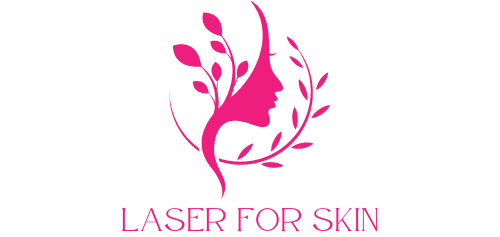Introduction: Acne, a common skin condition, affects millions worldwide, causing distress and frustration. While traditional treatments offer relief for many, laser acne treatment has emerged as a cutting-edge solution, offering targeted and effective results. Let’s delve into the science behind laser acne treatment, exploring its mechanisms, benefits, and transformative potential in combating stubborn breakouts.
- Understanding Acne Pathology:
- Acne arises from a complex interplay of factors, including excess sebum production, clogged pores, inflammation, and bacterial overgrowth.
- Prolonged inflammation and bacterial colonization contribute to the formation of papules, pustules, nodules, and cysts characteristic of acne lesions.
- How Laser Acne Treatment Works:
- Laser acne treatment targets multiple aspects of acne pathogenesis, offering a comprehensive approach to breakouts.
- Lasers emit high-intensity light energy, which penetrates the skin and selectively targets key components of acne, including sebaceous glands, bacteria, and inflammation.
- Reduction of Sebum Production:
- Certain laser wavelengths, such as those in the infrared spectrum, target sebaceous glands in the skin’s deeper layers.
- By heating the sebaceous glands, lasers reduce sebum production, addressing one of the primary drivers of acne development.
- Bacterial Clearance:
- Lasers with specific wavelengths, such as blue light or pulsed dye lasers, target Propionibacterium acnes (P. acnes), the bacteria implicated in acne.
- These lasers produce reactive oxygen species (ROS) within the bacteria, leading to bacterial destruction and reduction of inflammation.
- Anti-inflammatory Effects:
- Laser therapy also exerts anti-inflammatory effects, helping to calm redness, swelling, and irritation associated with active acne lesions.
- By modulating inflammatory mediators and promoting tissue repair, lasers accelerate the resolution of acne breakouts.
- Types of Laser Acne Treatment:
- Laser acne treatment encompasses various modalities, including:
- Blue light therapy: Targets acne bacteria and reduces inflammation.
- Pulsed dye laser (PDL): Addresses redness and inflammation associated with acne.
- Fractional laser therapy: Stimulates collagen production and remodels scarred tissue, benefiting acne scarring.
- IPL (Intense Pulsed Light) therapy: Targets pigmentation and reduces acne-associated redness.
- Laser acne treatment encompasses various modalities, including:
- The Treatment Process:
- Prior to treatment, the skin is cleansed, and protective eyewear is provided to shield the eyes from laser light.
- During the procedure, the laser device is applied to the skin in a controlled manner, delivering pulses of light energy.
- Patients may experience a mild warming sensation or slight discomfort during treatment, but pain is typically minimal and well-tolerated.
- Post-Treatment Care and Results:
- Following laser acne treatment, patients may experience temporary redness, swelling, or mild irritation, which usually resolves within a few days.
- Multiple treatment sessions spaced several weeks apart may be recommended for optimal results.
- Over time, as inflammation subsides and sebum production decreases, patients notice a reduction in acne lesions and improvement in overall skin texture and clarity.
Conclusion: Laser acne treatment represents a groundbreaking approach to combating stubborn breakouts and achieving clearer, healthier skin. By targeting multiple aspects of acne pathogenesis, including sebum production, bacterial overgrowth, and inflammation, lasers offer targeted and effective results for individuals struggling with acne. With its ability to reduce acne lesions, calm inflammation, and improve overall skin quality, laser acne treatment provides a transformative solution for those seeking relief from persistent breakouts and renewed confidence in their complexion.



